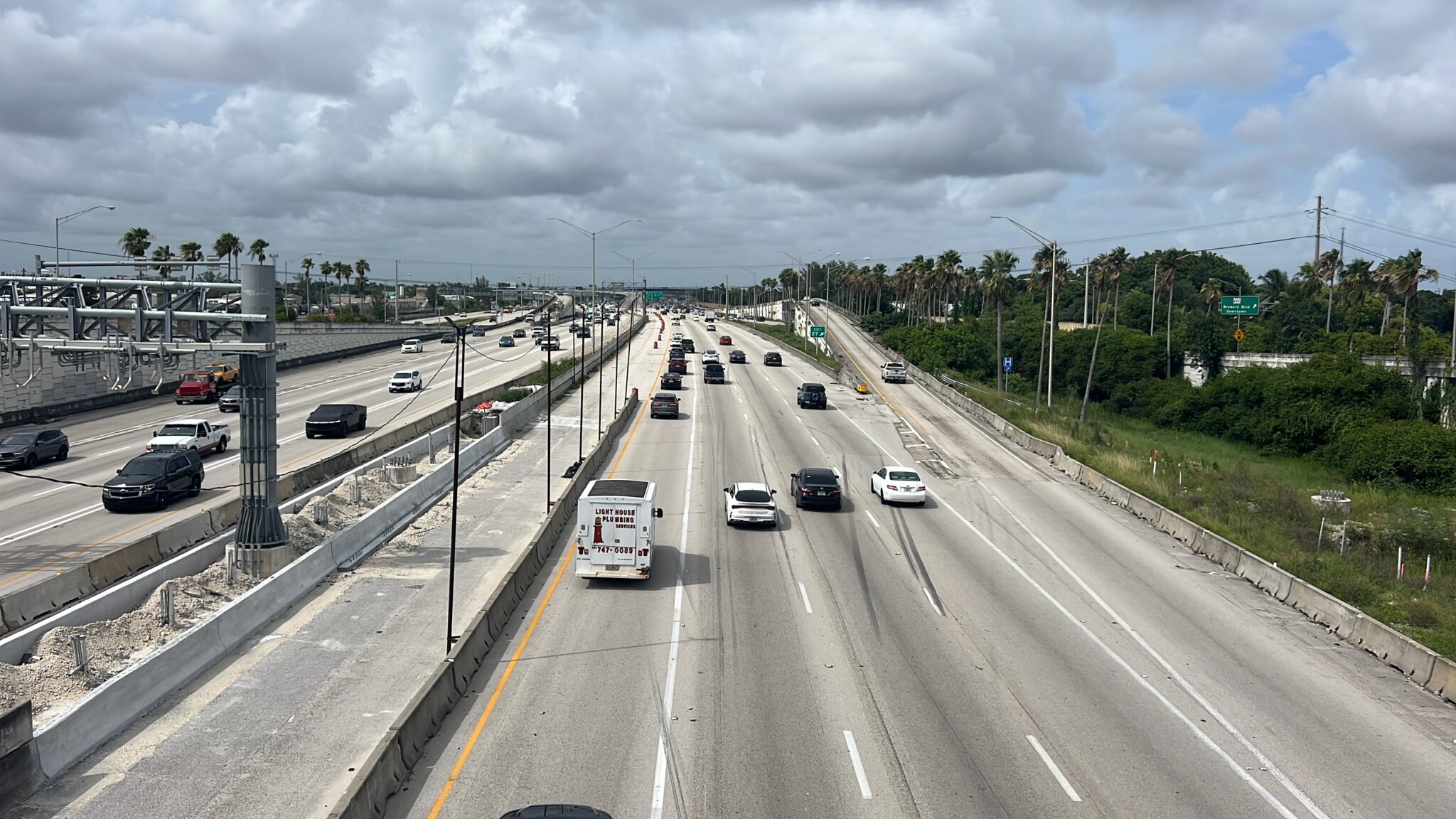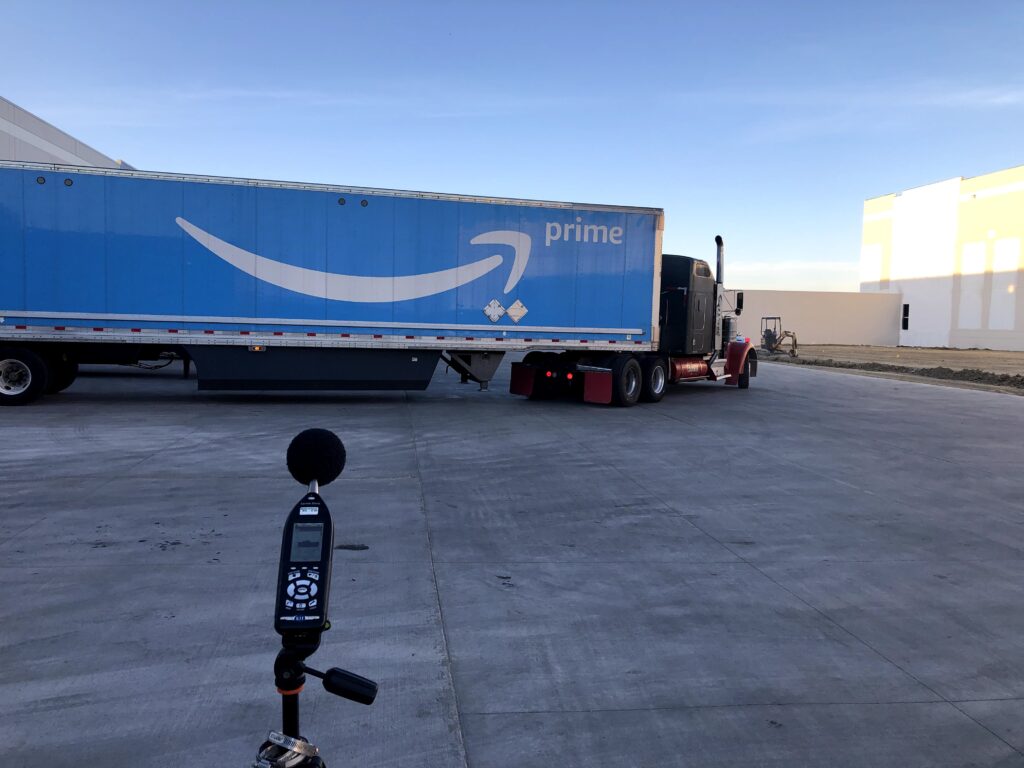Traffic Noise Analysis and Mitigation
General Information on Traffic Noise
Traffic noise is a combination of that from vehicle engines, aerodynamics, and tire-pavement interaction. Engine noise is the result of the engines themselves, but also the type and height of the exhaust pipes.
While generally a lesser portion of the overall noise, the aerodynamic noise is that from turbulent airflow around the vehicle.
Finally, tire-pavement noise is affected by the speed of the vehicle, the tire type, and pavement type (asphalt, concrete, porous, tined, etc.). Some porous pavements can be 3 to 5 dBA quieter than others, but the effects may not last the duration of the pavement.

Traffic Noise Studies
Noise Assessment
Placement of noise meters strategically to collect data on factors like background noise, traffic, and weather. This data helps us analyze noise issues.
Traffic Analysis
Our experts conduct detailed traffic counts, analyzing vehicle types, speeds, and volumes. This information provides insights into the contributing noise sources.
TNM Modeling
To predict current and future noise impacts, we utilize the advanced Traffic Noise Model (TNM) v3.2 software. Inputting precise data from noise assessments and traffic analysis to identify areas of potential concern.
Impact Assessment
Our team evaluates the predicted noise levels against standards. We assess the potential impact on receptors, identifying those that may be affected. This helps determine the need for mitigations.
These types of studies are generally done in the United States for State and Federally funded roadways. These studies are based on each State’s noise guidelines which are subsequently approved by the Federal Highway Administration (FHWA).
In general, this involves simultaneously measuring existing noise levels and the traffic volumes (number of vehicles, types of vehicles, and speed) for a proposed project and then creating a Traffic Noise Model (TNM) using FHWA software. The noise level predictions by the TNM needs to be calibrated within ±3 dBA of what was measured in order to proceed. Next, the future roadway design is modeled in the TNM with future traffic volumes and the noise levels are predicted all sensitive outdoor use areas (yards, playgrounds, balconies, etc.).
Each State has their own noise level limits to trigger a noise mitigation study, but these are generally around an hourly equivalent noise level (LEQ(1HR)) of 65 to 67 dBA. It is important to note that this is the noise level over a one-hour period and not simply when one vehicle or motorcycle passes- by. If the hourly noise level limit is exceeded, then a noise mitigation study is conducted. This involves the conceptual modeling of noise walls, noise berms, shifting of the roadway, etc. If the assessed mitigation provides enough benefit for the cost, then the mitigation is included in the project.

Noise Mitigation Recomendations
Based on our comprehensive noise assessment and modeling, Cerjan Acoustics develops tailored noise mitigation strategies to address specific project requirements. Our recommendations encompass a range of solutions, including:
- Noise Barriers
- Land Use Planning
- Traffic Management
- Building Acoustics
- Green Infrastructure
Frequently Asked Questions
How do they determine if a noise wall will be constructed?
If a project’s predicted future loudest hour is predicted to meet or exceed a State’s noise level guidelines, usually 65 to 67 dBA, then a noise mitigation study is triggered. The project will then assess the potential effectiveness of various mitigation measures such as a noise wall, noise berm, shifting of the alignment, etc. Then, for example, if it is found that a noise wall is able to provide suitable noise reduction per the guidelines, then the cost-benefit is assessed. The cost-benefit considers the amount of noise reduction, the cost of the barrier (per the guidelines and not actual cost), and the number of receptors who are predicted to be officially benefited.


